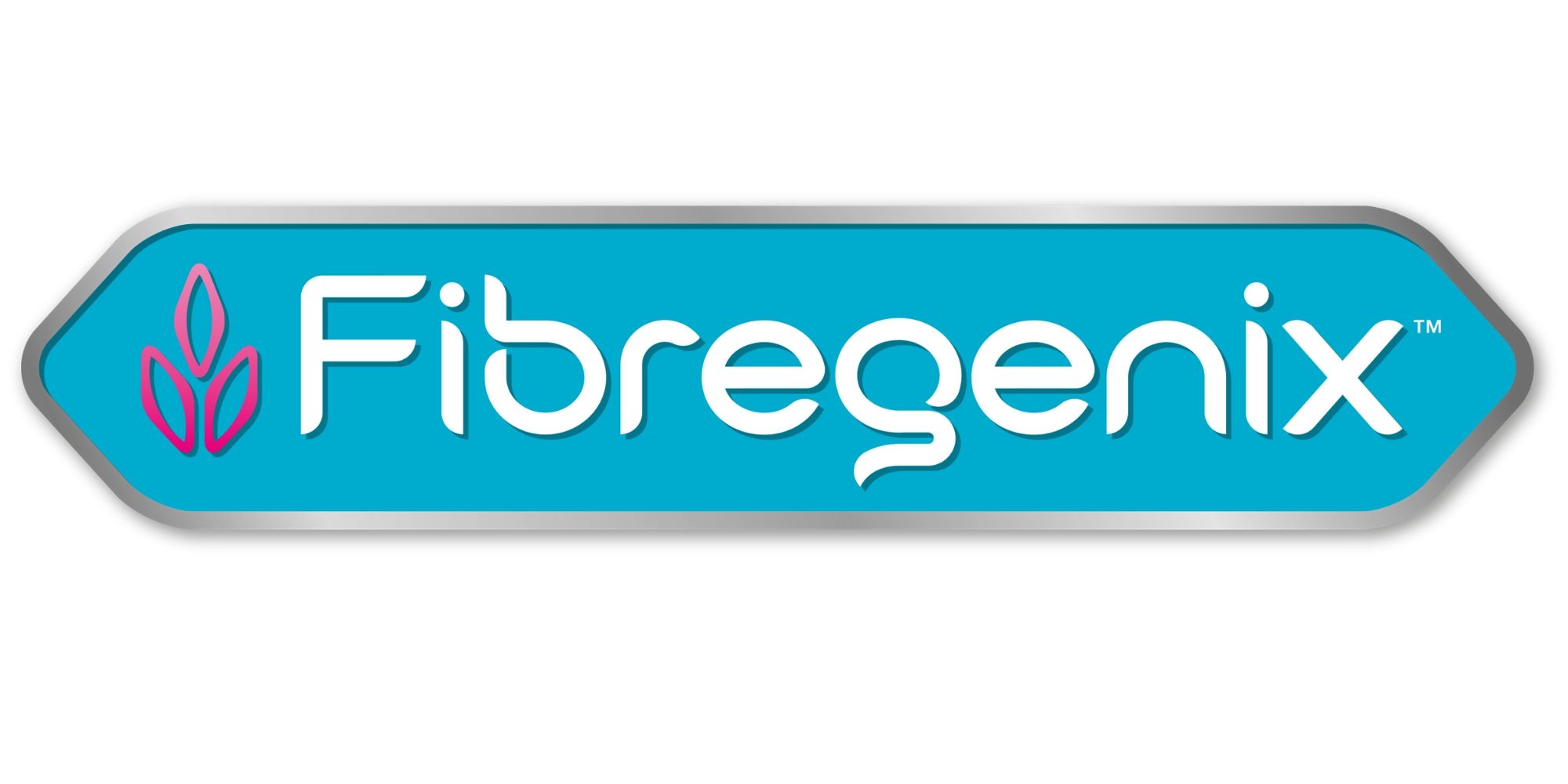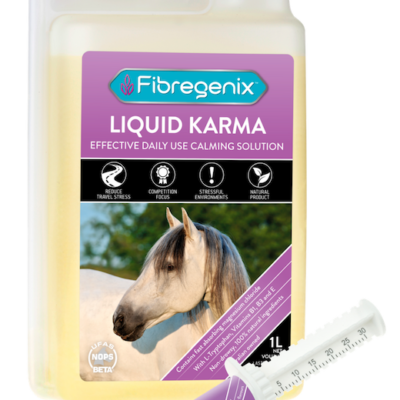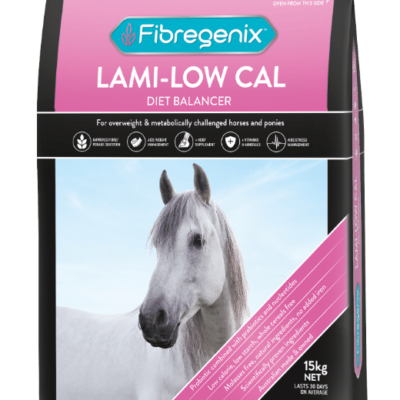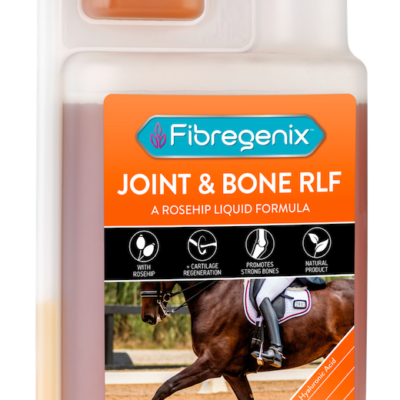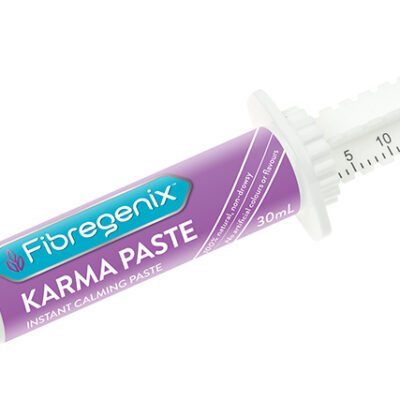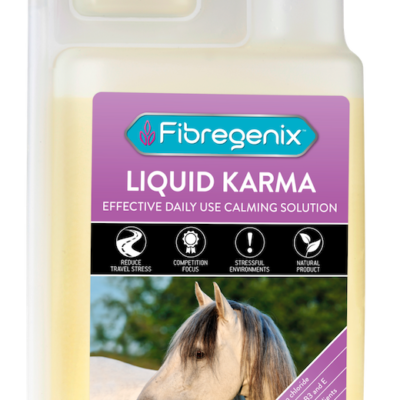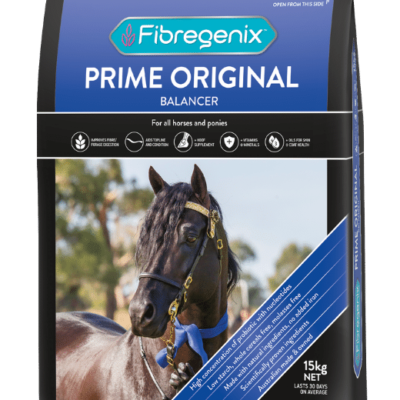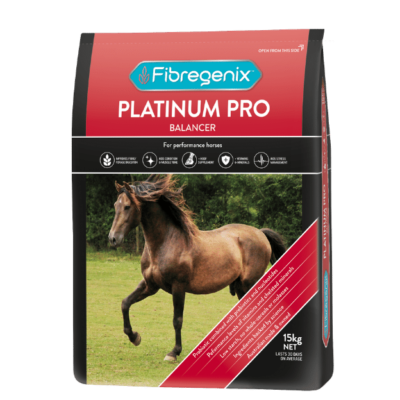Aug 27, 2019
Mg/I.U – mg is a measure mass and iu is an international measure of biological effect. So…… 1mg of any vitamin will always be the same mass ie 1mg. However, as iu measures biological effect, 1iu of vitamin E will have a different mass to 1iu of vitamin A so, mg do not equate to iu. Brain imploding at this?
The key thing to note here is the form of the vitamin ie our Vitamin E is comprised of tocopherol rich extracts that are far better absorbed than other ‘natural’ vitamin E or chemically synthesised Vitamin E where only one of four isomers is absorbed. Form defines function!
Aug 27, 2019
Although chromium does assist in the regulation of sugar levels in humans there is no research that indicates that horses are deficient in it hence it is not added in Lami Low-Cal. It is generally accepted that additional research is required to determine the efficacy of chromium supplements particularly in the management of insulin resistance
Aug 27, 2019
Lami Low-Cal has 8.8% NSC (starch and WSC/ESC sugars). How much is that in grams?
The percentage is always of the finished product. So 8.8% starch and sugar combined (NSC) equates to 8.8g per 100g Lami Low-Cal. Therefore, when feeding 500g you would calculate 8.8g x 5 = 44g starch and sugar per 500g Lami Low-Cal. This is an incredibly low amount of starch, when you think that it’s being fed to a 500kg horse. A standard horse feed can be as much as 35% plus of starch, and for a 500kg horse you’d probably have to feed 3kg as per the manufacture’s recommendation. This would work out at over 1kg of starch! Not ideal for your horse’s starch sensitive digestive system….
Aug 27, 2019
The sepiolite clay in Lami Low-Cal works in conjunction with the MOS & FOS Prebiotic. It helps reduce the toxin load within your horse’s gut. Imagine it as a ‘buffer’ against the toxins that can be released if the gut becomes too acidic and kills the good bacteria off. Therefore, the clay aids the recovery of the gut following acidification as well as helping to prevent it in the future.
Aug 27, 2019
In Prime Original and Platinum Pro it’s 0.4%, in Lami Low-Cal it’s 0.5%. It means the percent of whatever is being fed – so, if it was 0.4% of 100g, it would be 0.4g magnesium per 100g, so for your average 500kg horse = 0.4g x 500g = 2g per 500g.
